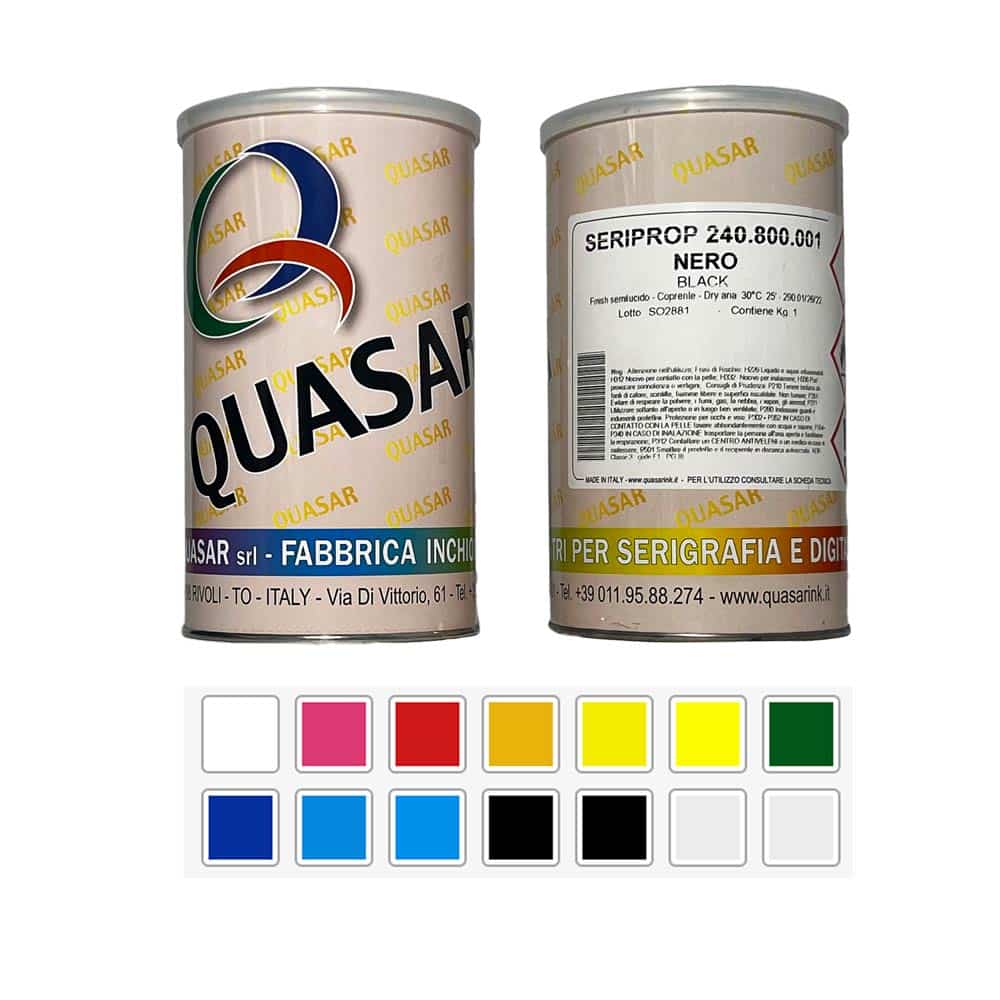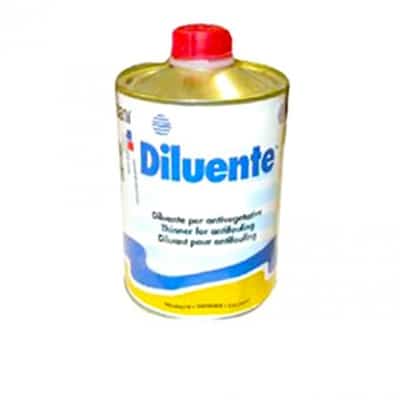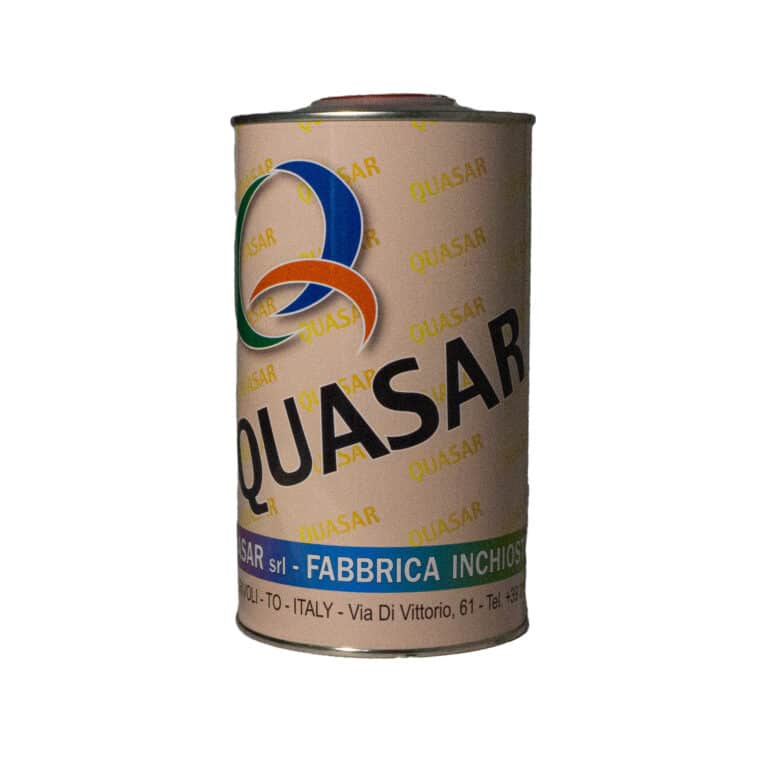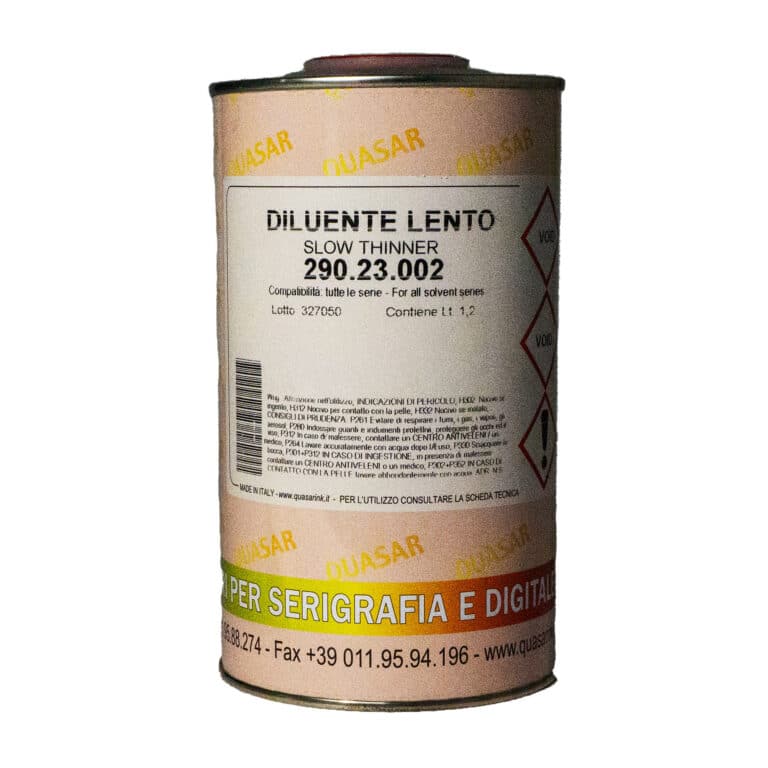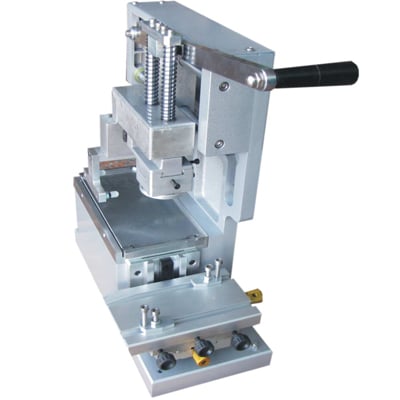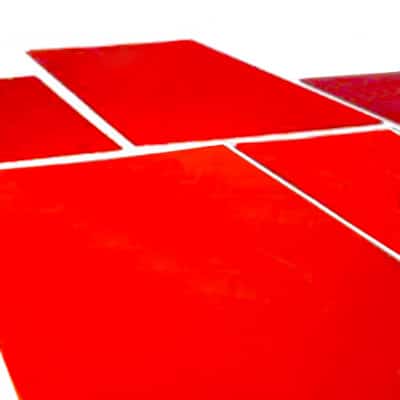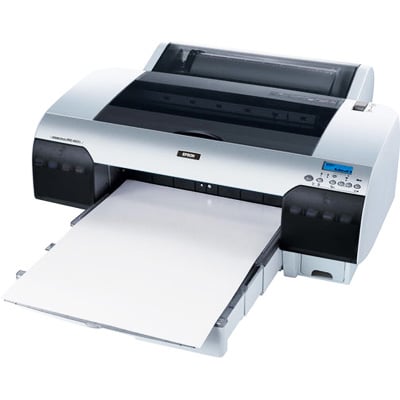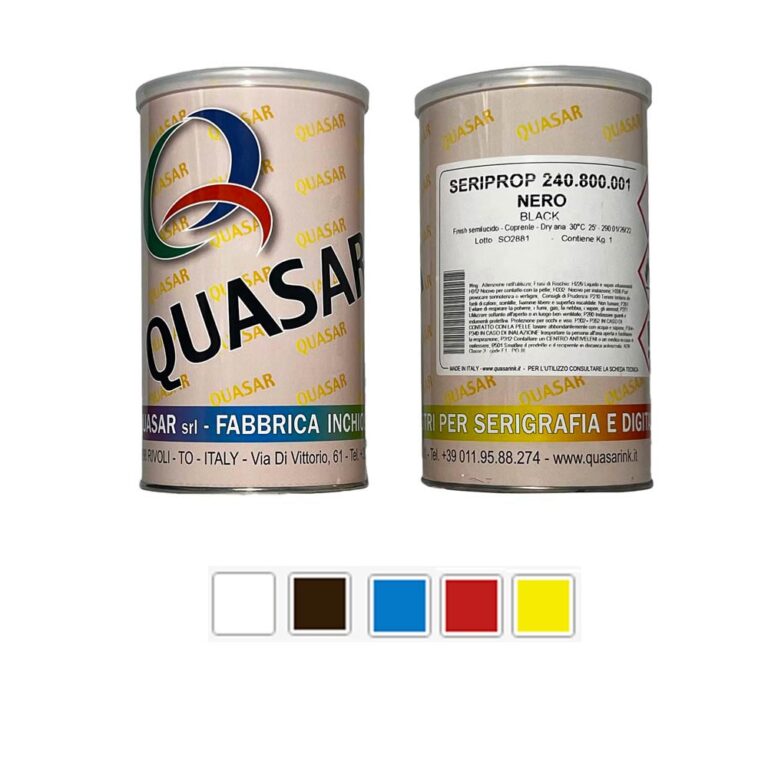Gloss ink for polyethylene, polypropylene, Polionda with surface tension greater than 37 DIN, excellent adherence on a wide range of difficult materials.
Adheres to a wide variety of cellulosic materials: cellulose acetate sheets, card, polystyrene (with careful attention paid to the choice of thinner), PETG, methacrylate, compact discs, pre-painted aluminium, etc.
In particular, Seripop has been specially formulated to adhere to polyolefins: polyethylene and polypropylene, Polionda, Priplack, UV painted surfaces, with minimum surface tension of 37 DIN.
The 400 ml polypropylene primer spray and the adhesion promoter can be added to increase adherence on difficult materials and siliconised nylon.
USE OF QUASAR SOLVENT INKS IN PAD PRINTING
All Quasar solvent-based screen printing inks can also be used in pad printing, if necessary.
This is particularly convenient for screen printers who print in pad printing on an occasional basis, as they do not need to stock different ink ranges for each printing technique.
Another advantage is that there is a wide range of screen printing inks, almost one for each type of material.
This allows us to use the ink that gives the best result on the particular substrate every time, even in pad printing.
HOW TO DO IT
Pad printing ink suitable for printing must be more fluid than screen printing ink, which we normally put on the frame.
So the first step is to make the ink more fluid by adding the same thinner that we would use in screen printing for that ink.
By way of example:
With Serimat vinyl ink, add Normal Thinner 15.
With the polyester ink Nyloflex, Thinner Slow 23 is added.
Add the thinner little by little and mix well until the mixture is “almost” right.
Now it is time to convert the ink to pad printing:
Take Pad Printing Thinner 18 and add no more than 10%, stirring.
The pad printing ink is ready. We can put it in the cup and try to print.
If necessary, to improve spreading on the printing surface, add small amounts of Quick Thinner 18 through the inspection hole in the cup, using a syringe.
WHAT HAPPENED
Fast Thinner 18 evaporates and dries very quickly.
This is why on the ink captured by the pad, during the short journey from the plate to the workpiece, it happens that the surface of the ink exposed to the air becomes sticky.
And so the ink, as soon as it is in contact with the piece, adheres to it and forms the image.
Obviously, if it were not sticky, it would stick to the pad and printing would not be possible.
ONE PRECAUTION
The two-component ink Epoxery is frequently used in pad printing because it is suitable for uncoated metals, ceramics, glass and epoxy coatings.
When using Epoxery in pad printing, we will have to add the specific TAMPOGRAPHIC CATALYST, instead of the normal screen printing Catalyst.
Everything else remains the same.
